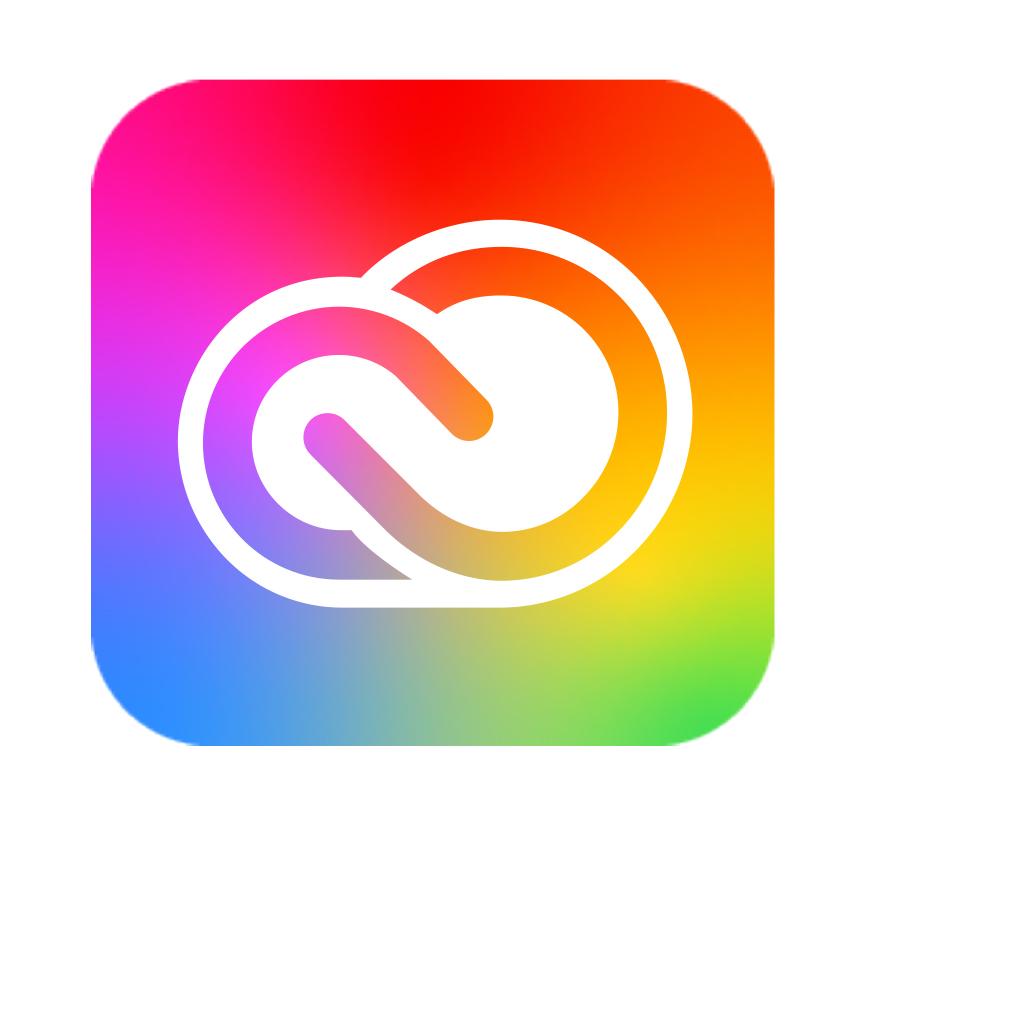Exchanging information or corrections in the graphics field often involves time-consuming steps which, thanks to Adobe Creative Cloud, are now superfluous. Here are a few tips on how to simplify the exchange of information and save time and money.
Exporting in PDF format
This method, which is still the most widely used, has a number of advantages: PDF files can be opened on almost all devices without the need for any special software other than a PDF reader, which is often even included in standard Internet browsers. All you need to do is use the export options in Adobe software, such as Adobe Illustrator, Photoshop or InDesign, to save the native file in PDF format.
This technique generally requires nothing more than Acrobat Reader, a free program for opening and annotating PDF files. Simply send the generated file as an e-mail attachment. This technique has been used for years and is suitable for most cases, but there are still some disadvantages. One of the disadvantages is that you have to check several versions of the PDF responses if the corrections go to different people. Fortunately, InDesign allows you to import comments from different PDF versions into the document itself, so you don't have to open the PDFs.
Exporting in image format
Almost all Adobe products also allow you to export the files you are working on in the most widely used image formats. These image files, such as JPEG, PNG or SVG, are universally accessible and can be opened by almost all image viewers, and can be uploaded as such to various websites or social networks.
Sharing via the Cloud
One of the easiest ways to share files is via Adobe's Cloud system. This allows files to be shared directly, with integrated collaboration options. These options offer a wide range of possibilities, from controlling access to allowing editing of these files.
How to do it: use the sharing features in the various Adobe applications, in Creative Cloud Desktop or via the Adobe site to send collaboration links. Here's an overview of the main features.
1. File Sharing
Share Links: you can create public or private links to share your files and folders with others. Recipients can view or download the files without needing an Adobe account.
Custom Permissions: you can set specific permissions for each sharing link, such as the ability to view, comment on, or edit files.
2. Online Storage
Storage Space: Adobe Creative Cloud offers online storage space (size varies by subscription plan) where you can back up and organise your files.
Automatic Backup: files saved in the Cloud are automatically backed up, reducing the risk of data loss.
3. Real-time collaboration
Comments and Reviews: users can comment directly on shared files, facilitating feedback and discussion without leaving the application.
Joint editing: for certain file types, several users can collaborate in real time, making simultaneous changes.
4. Multi-device access
Automatic synchronisation: files stored in Creative Cloud are synchronised on all your connected devices, allowing you to access your documents from anywhere.
Multi-Platform Compatibility: you can access and edit your files from a variety of devices: computers, tablets and smartphones.
5. Web and Mobile Applications
Online access: via the Creative Cloud website, you can access your files and use certain Adobe applications directly in the browser.
Mobile applications: Adobe offers mobile versions of many of its applications, allowing you to edit and share files on the move.
6. Integration with other services
Other Adobe tools: Creative Cloud integrates seamlessly with other Adobe services, such as Adobe Stock for images and Adobe Fonts for fonts.
Third-party integration: you can connect Creative Cloud with other productivity tools to improve collaboration.
7. Asset sharing
Shared libraries: you can create and share asset libraries (images, graphics, styles, etc.) with your team, ensuring consistency across projects.
Cloud asset access: users can access shared assets directly from Adobe applications, simplifying workflow.
8. Security and control
Data Security: files are protected by robust security measures, including data encryption.
Access Control: administrators can manage user access and permissions within an organisation, ensuring that only authorised people can access sensitive files.
These features make Adobe Creative Cloud a powerful tool for sharing and collaboration, helping teams to work more effectively, regardless of location or device.
Adobe Express:
Adobe Express, formerly Adobe Spark, is a suite of online and mobile tools developed by Adobe, designed to make it easier to create visual content, even for those without advanced graphic design skills.
Adobe Express offers a wide range of pre-designed templates for a variety of uses, including social networking, posters, flyers and invitations. These templates can be customised using an intuitive drag-and-drop editor, simplifying the design process. The platform also provides a rich library of images, icons and fonts, available in both free and paid versions, to enhance designs.
For video creation, Adobe Express offers templates for producing videos for social networks or tutorials. The included video editor makes it easy and intuitive to add clips, music, voice-overs and transitions, without requiring any particular video editing skills.
When it comes to creating web pages, Adobe Express lets you create elegant, professional pages for portfolios, blog posts, presentations or advertisements, thanks to visual templates and themes that can be easily customised.
Adobe Express also facilitates collaboration. Users can share their projects with others for real-time feedback. Colleagues or clients can leave comments directly on shared projects, making the revision and improvement process smoother.
Multi-platform access
Available on iOS, Android and via a web browser, Adobe Express allows you to create and edit projects from any device, offering great flexibility. What's more, for Creative Cloud users, it's possible to synchronise assets and projects between Adobe Express and other Adobe applications such as Photoshop or Illustrator, further improving workflow fluidity.
Designed to be accessible to beginners, Adobe Express does not require advanced design skills, making it ideal for small businesses, teachers, students and anyone who needs to create professional-quality visuals quickly. As well as offering a free version with basic functionality, Adobe Express also offers a paid version with additional features and content, allowing users to choose the option that best suits their needs.
The benefits of the programm
Ease of use: designed to be accessible to beginners, Adobe Express does not require advanced design skills.
Quick to create: with its intuitive tools and predefined templates, users can produce high-quality content quickly.
Flexibility: ideal for a variety of content types, from social networking graphics to promotional videos and web pages.
Cost: Adobe Express offers a free version with basic functionality, as well as a paid version with additional features and content.
Common uses
Digital marketing: create visuals for social networking campaigns, banner ads and promotional videos.
Education: tools for teachers and students to create visual presentations, infographics and portfolios.
Events: create invitations, posters and web pages to promote events.
Small Business: helps entrepreneurs create professional marketing materials without the need for external designers.
Maybe
you'll like…

 FR
FR EN
EN



